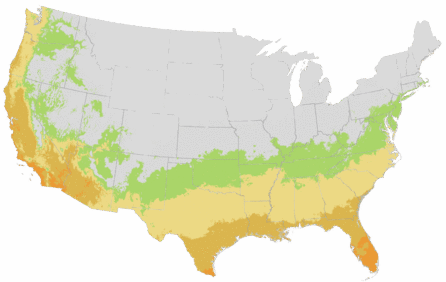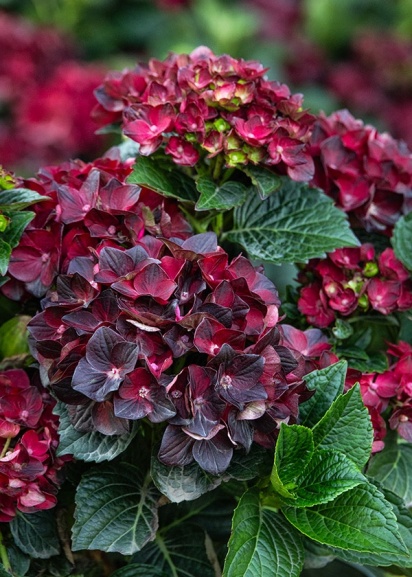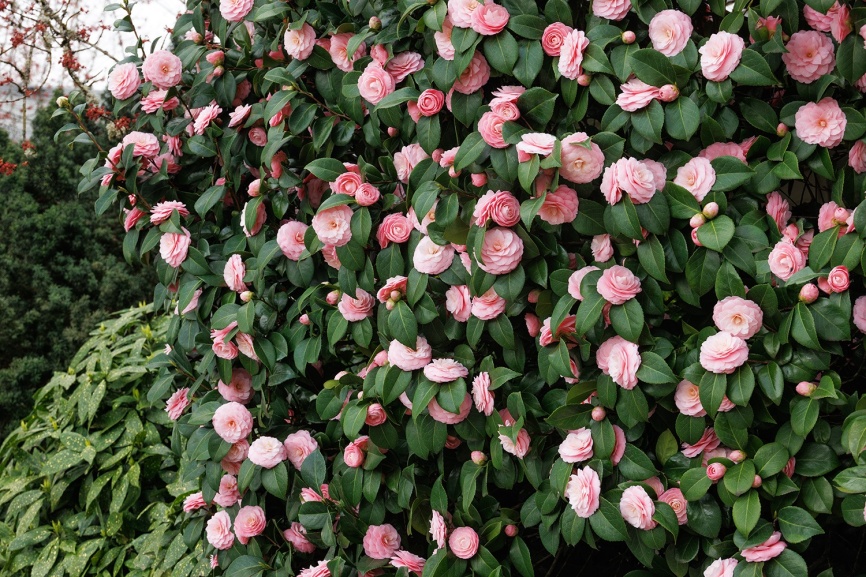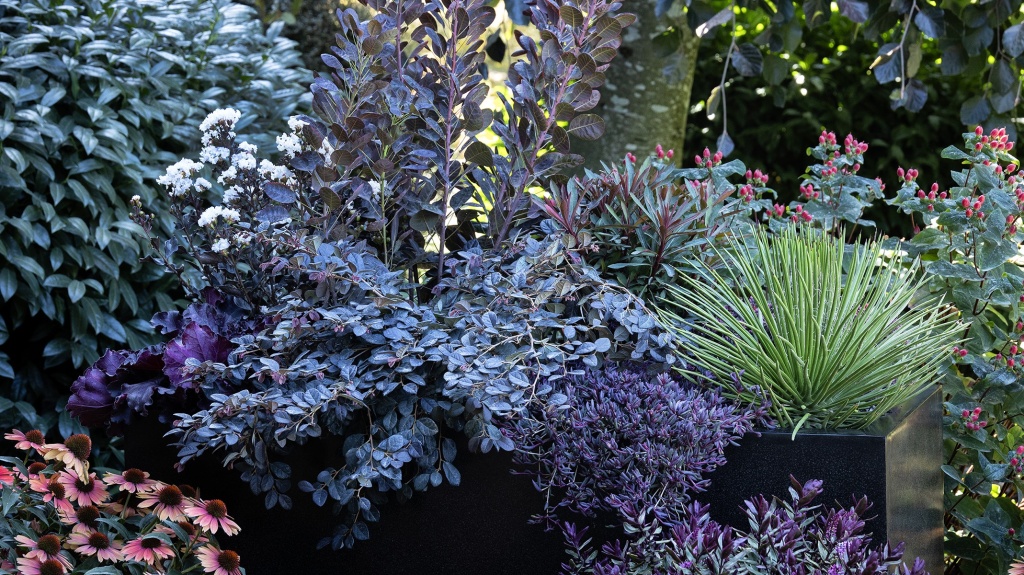You're growing in this Zip Code:
Change LocationDiscover Plants for Your Area
Giant Leopard Plant
Farfugium japonicum var. giganteum
Retailers Near You
| Description | Large, rounded, shiny green leaves show individually on 3 to 4 foot stalks. Daisy-like yellow flowers bloom on tall, branched stems. Thick leaves reach up to 18 inches across and provide an interesting display when massed under trees, in a shady border or in a patio container. An herbaceous perennial; evergreen in mild winter climates. |
|---|---|
| Bloom Time | Late summer into fall |
| Deciduous/Evergreen | Herbaceous |
| Special Features | Easy Care |
| Problems/Solutions | Rabbit Resistant |
| Growth Rate | Moderate |
| Flower Attributes | Showy Flowers |
| Landscape Use | Border, Container |
| Design Ideas | A robust perennial essential to the mixed border and back of perennial beds. Attractive massed in a woodland setting. Linear planting creates a striking seasonal hedge-like mass. Single plants become large enough for a focal point or surround for art. Naturalizes well around water features, stream beds or pools, and provides solutions for low, damp spots. Component of cutting gardens, both foliage and flowers. |
| Flower Color | Yellow |
| Foliage Color | Green |
| Companion Plants | Fuchsia (Fuchsia); Astilbe (Astilbe); Hosta (Hosta); Lungwort (Pulmonaria); Columbine (Aquilegia) |
| Care Instructions | Thrives in organically rich, moist, loamy, well-drained soils. Water deeply, regularly during the first growing season to establish an extensive root system. Once established, water regularly to maintain evenly moist soil. Apply fertilizer before new growth begins in spring. Remove spent flowers to promote continued bloom. |
| Lore | In Japan the plant is known as Metakaraku, which means "sweet smelling roots". Once classified as Ligularia tussaginea, this species of Ligularia has been reclassified as Farfugium japonicum. |
| Description | Large, rounded, shiny green leaves show individually on 3 to 4 foot stalks. Daisy-like yellow flowers bloom on tall, branched stems. Thick leaves reach up to 18 inches across and provide an interesting display when massed under trees, in a shady border or in a patio container. An herbaceous perennial; evergreen in mild winter climates. |
|---|---|
| Bloom Time | Late summer into fall |
| Deciduous/Evergreen | Herbaceous |
| Special Features | Easy Care |
| Problems/Solutions | Rabbit Resistant |
| Growth Rate | Moderate |
| Flower Attributes | Showy Flowers |
| Landscape Use | Border, Container |
|---|---|
| Design Ideas | A robust perennial essential to the mixed border and back of perennial beds. Attractive massed in a woodland setting. Linear planting creates a striking seasonal hedge-like mass. Single plants become large enough for a focal point or surround for art. Naturalizes well around water features, stream beds or pools, and provides solutions for low, damp spots. Component of cutting gardens, both foliage and flowers. |
| Flower Color | Yellow |
| Foliage Color | Green |
| Companion Plants | Fuchsia (Fuchsia); Astilbe (Astilbe); Hosta (Hosta); Lungwort (Pulmonaria); Columbine (Aquilegia) |
| Care Instructions | Thrives in organically rich, moist, loamy, well-drained soils. Water deeply, regularly during the first growing season to establish an extensive root system. Once established, water regularly to maintain evenly moist soil. Apply fertilizer before new growth begins in spring. Remove spent flowers to promote continued bloom. |
|---|
| Lore | In Japan the plant is known as Metakaraku, which means "sweet smelling roots". Once classified as Ligularia tussaginea, this species of Ligularia has been reclassified as Farfugium japonicum. |
|---|
Retailers Near You
About Us
We have been pioneers and craftsmen in the art of growing plants for nearly
100 years. Since our founding in Southern California by Harry E. Rosedale, Sr.
in 1926, we have been absolutely dedicated and obsessed with quality.
We have been pioneers and craftsmen in the art of growing plants for nearly 100 years. Since our founding in Southern California by Harry E. Rosedale, Sr. in 1926, we have been absolutely dedicated and obsessed with quality.








